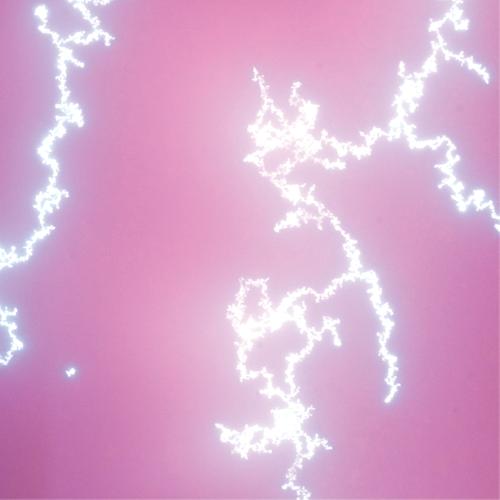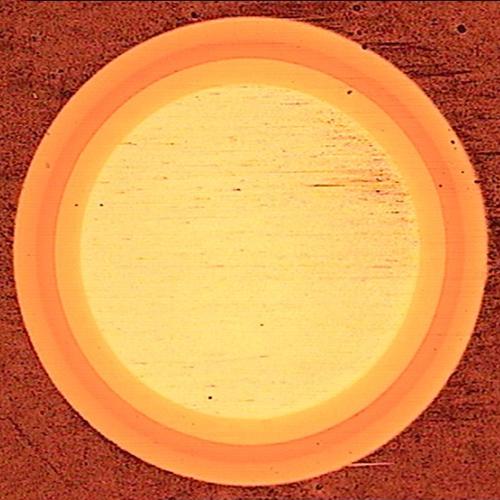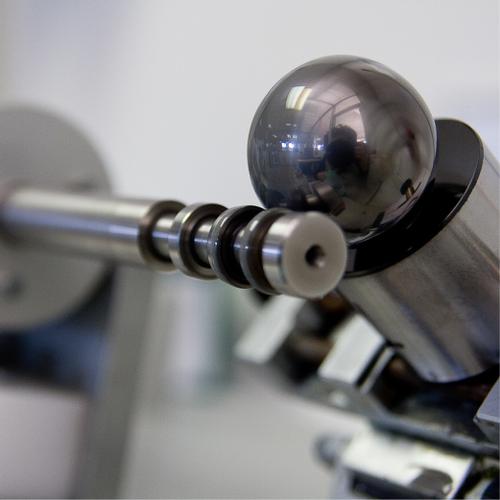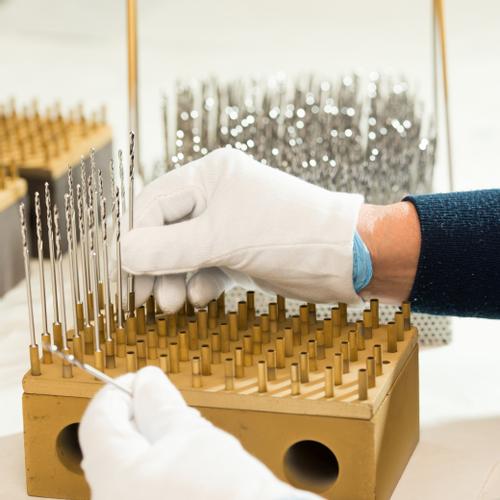Preparation Guides
Considerations
The preparation of the substrate for PVD prior to PVD coating is critical to the final performance of the coated product in the field. Improper polishing, grinding or preservation can lead to poor adhesion or premature failure of the coating. When preparing the substrate for PVD coating there are some general considerations to keep in mind:
- All surfaces should be oiled lightly with water-soluble oil. This prevents rusting and will preserve the integrity of the surface. Choose an oil that will not dry or leave a residue on the surface of the product. Some oils are designed to coat the surface and leave a protective layer on the surface. This layer can remain after the cleaning of the product and cause poor adhesion.
- No prior surface treatments should be applied to the surface of the product prior to PVD coating. Wet bath platings, black oxide and nitriding are examples of surface treatments that can cause adhesion problems with the PVD coatings.
- Proper polishing techniques should be followed when preparing the surface for PVD coating. Polishing compounds that contain silicone should not be used when preparing the surface for PVD coating. When a polishing compound containing silicone is used, a residue of silicone is left on the surface and will cause adhesion problems.
- Care should be taken when grit blasting the substrate. Glass beads should be avoided when possible. If glass beads are used the nozzle pressure should be less than 30 psi.
- When grinding the surface care should be taken not to generate excessive heat. If excessive heat is generated during grinding it can lead to stress cracks developing in the substrate's surface or anneal the surface leaving soft spots. When excessive heat is generated while grinding high speed steel, the substrate can be annealed or the grinding burn that is left on the surface can cause adhesion problems
- All burrs should be removed prior to the product being coated. A burr that has been left on the surface will be coated and when it is removed in the field will leave a void in the coated surface leading to a premature failure.
- Product should be heat-treated at least 50 degrees Fahrenheit higher than the PVD processing temperature. NCT offers a high temperature and a low temperature coating process to accommodate a variety of substrates.
- Product that is joined by brazing should be joined with a high temperature brazing compound. The compound should be free of cadmium and zinc. The cadmium and zinc will begin to evaporate at very low temperatures during the deposition process. This can lead to voids in the brazed joint and , in some cases, cause poor adhesion of the coating. Contact NCT if you need a recommendation for a brazing compound.
- The surface integrity is very important to the products overall performance. If a carbide substrate experiences cobalt leaching during the preparation steps the coating will not perform up to the required standard. If water based coolants are used, the leaching of the cobalt binder is possible. Many factors can lead to the leaching of the cobalt from the carbide substrate. The chlorine in the water, the PH level of the water, the rust inhibitors added to the coolant and even the water pu- rity if not monitored can leach the cobalt binder. The temperature of the coolant can also play a role. As the temperature of the coolant increases, the attack of the cobalt binder increases. Proper handling of the product is also critical. Parts that require multiple grinding operations must be cleaned from any residual coolant in between each step.






